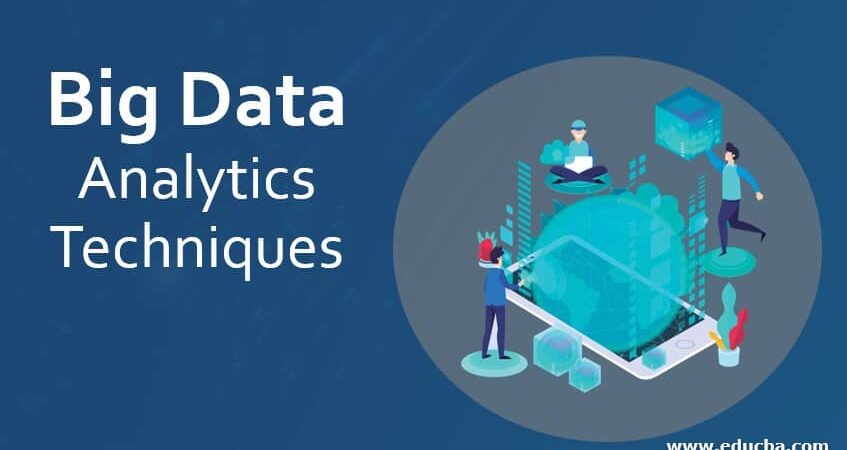
Analytics of data is a critical component of every successful company plan. However, how can data analysts transform raw data into something useful?
Data analysts employ various techniques based on the type of data and the insights they seek.
7 Most Useful Data Analysis Techniques:
1. Regression analysis:
Estimating the relation between a given set of variables is known as regression analysis.
Regression analysis tries to discover trends and patterns by analyzing how one or more factors may influence the dependent variable. This is very important for projecting future trends and generating forecasts.
There are several forms of regression analysis, and the model you choose is determined by the sort of data you have for the dependent variable.
You can check out the top data analytics course online to learn more about regression analytics and data analytics. It will help you understand how to choose the right model.
2. Monte Carlo simulation:
Monte Carlo simulation, often known as the Monte Carlo method, is a computational methodology for generating models of potential outcomes and associated probability distributions.
It evaluates various possible outcomes and then assesses the likelihood of each event being fulfilled.
Data analysts employ the Monte Carlo approach to undertake sophisticated risk analysis, allowing them to foresee better what could happen in the future and make judgments appropriately.
3. Factor analysis:
Factor analysis is a technique for condensing many variables into a smaller number of variables. It operates on the premise that numerous distinct, observable variables correlate because they are linked to an underlying concept.
This is beneficial not just for condensing big datasets into smaller and more manageable samples but also for uncovering hidden patterns. This permits you to investigate concepts that are difficult to quantify or witness.
4. Cohort analysis:
Cohort analysis is a subcategory of behavioral analytics that takes data from a given dataset and divides it into similar groups for study rather than looking at all users as a single unit.
Typically, these connected groups, or cohorts, have comparable qualities or experiences throughout a specific period.
5. Cluster analysis:
Cluster analysis is an analytical tool for identifying structures in a dataset. The purpose of cluster analysis is to organize data points that are internally homogenous and outwardly diverse.
This signifies that data points within a cluster are comparable to one another but not to data points in another. Before processing other algorithms, clustering is used to understand how data is dispersed in a specific dataset.
6. Time series analysis:
Time series analysis is a statistical approach for identifying long-term patterns and cycles. A time series is a collection of data points that measure the same variable at different times.
Analysts can estimate how the variable of interest will change in the future by examining time-related trends.
7. Sentiment analysis:
Sentiment analysis is a helpful qualitative approach that falls under the wider category of text analysis—the act of sorting and comprehending textual material.
The goal of sentiment analysis is to analyze and classify the emotions expressed in textual data. This lets you determine how your consumers feel about various parts of your brand, product, or service from a commercial standpoint.
Conclusion
You can learn about several data analysis strategies. To transform raw data into useful information, evaluate the type of data you have and insights beneficial in the particular context.
Curious about a career in Data Analytics? Check out the best data science courses and start today.


